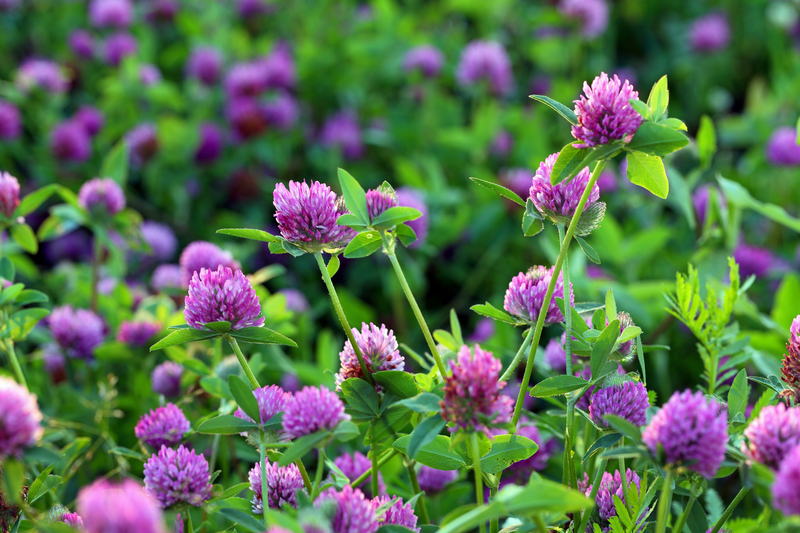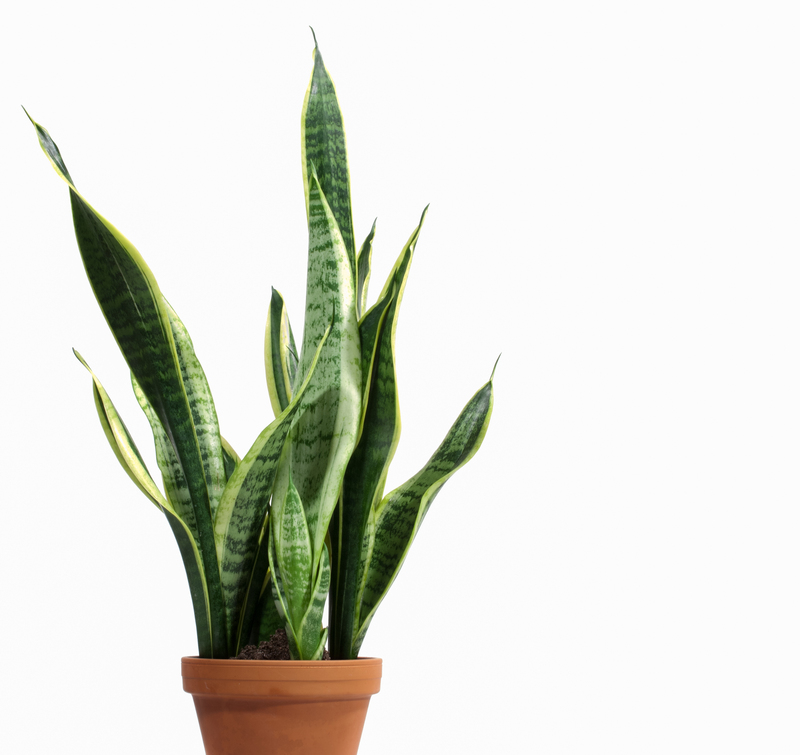Step-By-Step Lawn Perfection: Easy Care Tips for Beginners
A lush, green lawn is often the pride of any homeowner and the envy of neighbors. But if you're a beginner, achieving that perfect patch can feel like an impossible journey. Don't worry -- everyone started somewhere! This comprehensive guide breaks down the process of lawn perfection into simple, actionable steps that anyone can follow. Whether you've just moved into your first home or are finally ready to turn that patchy grass into a neighborhood showstopper, let's explore easy care tips for beginners that will deliver amazing results.
Why Lawn Perfection Matters
A healthy and beautiful yard is more than just an aesthetic victory. It increases your home's value, offers a safe and comfortable play area for family and pets, and even helps the environment by filtering air and providing oxygen. Plus, creating and maintaining a beautiful lawn provides satisfaction and a sense of accomplishment.

Understanding Your Lawn: The First Step to Perfection
Before jumping into lawn care practices, take time to evaluate your yard's unique conditions. Different grass types and soil qualities require different strategies for achieving perfection. Here's how to get started:
- Know your grass type: Is your lawn cool-season (Kentucky bluegrass, fescue, ryegrass) or warm-season (Bermuda, St. Augustine, Zoysia)? This determines your care calendar.
- Test your soil: Soil pH and nutrients play a critical role in healthy growth. Use a home soil test kit or send a sample to your local extension office for detailed results.
- Observe sunlight and shade: Track which areas get full sun versus partial or heavy shade. Grass struggles in dense shade, so adjust your expectations and future plans accordingly.
- Identify problem spots: Look for bare patches, uneven surfaces, weeds, and areas that stay too wet or dry.
Planning for Step-By-Step Lawn Care Success
A well-laid plan is key to achieving lawn perfection as a beginner. Align your actions with the growing season for your grass type and use the following yearly roadmap:
- Spring: Clean up, fertilize, seed, aerate, and control early weeds.
- Summer: Mow, water, spot-treat weeds, and address drought stress.
- Fall: Fertilize, overseed, aerate, and clear leaves/prep for winter.
- Winter: Avoid heavy foot traffic and keep an eye out for disease.
The Step-By-Step Guide to Easy Lawn Perfection
1. Clear and Prepare Your Lawn
Start by cleaning your lawn thoroughly. Remove branches, litter, stone, and any debris. If your grass is long, give it a gentle mow to make cleanup easier. Use a leaf rake or dethatcher, if needed, to pull up dead grass and thatch -- a thick layer of organic matter can choke your lawn and prevent new growth.
- Dethatch when: The layer of thatch exceeds 1/2-inch thick.
- Aerate: Use a core aerator (rental or manual) to punch holes, especially in compacted areas or high-traffic zones. This improves oxygen, water, and nutrient movement.
Tip: Early spring or fall are the best times for dethatching and aeration in most regions.
2. Testing and Amending Soil
Healthy soil is the foundation of a healthy lawn. Perform a soil test to understand your pH and fertility needs. Most grasses prefer a pH of 6.0 to 7.0. Add lime to raise pH or sulfur to lower it, if needed. Use high-quality compost or organic matter to enrich poor soil.
- Organic amendments: Compost, aged manure, or leaf mold.
- Sand or gypsum: Useful for heavy clay soils to improve drainage.
3. Seeding and Overseeding for a Lush Lawn
If you have bare spots or want to thicken your grass, overseeding is a beginner-friendly path to perfection. Choose high-quality seeds that match your current grass type and climate.
- Prepare the area: Lightly rake the soil or use a dethatcher to ensure good seed contact.
- Spread seed: For small areas, spread by hand. For larger areas, use a broadcast or drop spreader.
- Cover lightly: Rake gently or use a thin layer of compost to cover seeds. Do not bury them too deep.
- Keep moist: Mist the area daily until seeds have germinated and are a few inches tall.
Pro Tip: Overseed cool-season grasses in early fall and warm-season grasses in late spring for best results.
4. Fertilizing Made Easy
Fertilizing is essential for a vigorous, emerald lawn. Don't overdo it--beginner mistakes often start with too much fertilizer! Use slow-release products and follow label instructions to avoid scorch.
- Timing: Apply in spring for a boost, and in fall for root development before winter.
- Product: Choose a balanced or nitrogen-rich fertilizer unless your soil test suggests otherwise.
- Delivery: Use a spreader for even coverage; avoid overlapping to prevent burn lines.
*Organic alternatives: compost, pelletized chicken manure, or milorganite.
5. Mowing -- Key to Lawn Perfection
Proper mowing habits greatly influence your lawn's health and appearance. Avoid the temptation to mow too short--it stresses the grass, leads to weeds, and browning.
- Height: Set mower to cut no more than 1/3 of the leaf blade per mowing.
- Frequency: Weekly during peak growth; scale back in summer heat or drought.
- Mower maintenance: Keep blades sharp to avoid tearing grass.
- Clippings: Leave on the lawn to recycle nutrients, unless they form thick clumps.
Tip: Vary your mowing pattern each time to prevent soil compaction and ruts.
6. Irrigation for Beginners: Watering Wisely
Many new lawn enthusiasts either overwater or underwater. Aim for deep, infrequent watering rather than shallow, daily sprinkles.
- How Much: About 1 inch per week, including rainfall.
- When: Early morning is best to minimize evaporation and fungal risk.
- How: Water until soil is moist 4-6 inches deep. Adjust for sandy (needs more frequent) or clay soils (less frequent).
- Signs of drought: Grass turns bluish-gray or wilted; footprints linger.
Note: Overwatering can drown roots and encourage disease.
7. Simple Weed and Pest Control
A weed-ridden lawn can ruin the look and health of your grass. As a beginner, focus on cultural practices rather than chemical overuse.
- Mow high: Taller grass shades out weed seeds.
- Healthy turf: Dense, vigorously growing grass naturally outcompetes weeds.
- Pull manually: Remove weeds by hand or with a weeding tool, especially when soil is moist.
- Spot-treat: Use targeted weed killers only as needed--avoid blanket sprays.
- Pests: Identify signs such as chewed blades, dead patches, or mounds. Consult local resources for control solutions appropriate for your area.
Proactive care prevents most weed and pest problems.
8. Dealing With Common Lawn Problems
Even with the best intentions, beginners may face issues such as brown patches, moss, mushrooms, or disease. Here's a troubleshooting quick-list:
- Bare spots: Reseed, amend soil if compacted, and fix underlying issues (shade, water flow).
- Moss: Usually a sign of acidic, shady or wet soil. Adjust pH, improve drainage, and increase sunlight where possible.
- Mushrooms: Indicate decomposing organic matter or excess moisture. Remove and water less often.
- Fungal spots: Avoid watering at night; remove wet grass clippings; use fungicide if needed.
- Grubs: Lift a patch of grass--if you see more than 10 grubs/sq ft, treat with nematodes or recommended controls.
Bonus Lawn Care Tips for Beginners
- Sharpen mower blades at least once a season for a clean cut and healthy grass.
- Foot traffic: Train family and pets to stick to walkways; heavy use compacts soil and damages turf.
- Mulch leaves in fall: Break down leaves with several mower passes to return nutrients to soil.
- Seasonal equipment maintenance keeps tools ready and effective.
- Patience: Perfection takes time. Small changes in soil, mowing, and watering add up to a vivid transformation.
Year-Round Lawn Maintenance Calendar
Staying organized can make lawn care easy for beginners. Use this quick reference schedule:
- Early Spring: Rake out debris, aerate if needed, pre-emergent weed treatment, early feeding, reseed bare patches.
- Late Spring: Regular mowing, monitoring for weeds, continue light fertilizing.
- Summer: Water deeply, raise mowing height, treat pests and spot weeds.
- Early Fall: Core aerate, overseed, feed with high-phosphorus fertilizer.
- Late Fall: Final mow, clear leaves, winterize equipment.
- Winter: Limit activity, plan improvements, service tools.

Beginner Lawn Care Tools Checklist
You don't need expensive gadgets or a garage full of machinery to achieve lawn perfection. Here are the essentials:
- Reliable lawn mower (push or electric)
- String trimmer for edges and small spaces
- Rake for leaves and dethatching
- Garden hose with adjustable spray nozzle or basic sprinkler
- Spreader for seed and fertilizer
- Hand weeder
- Shovel or spade for repairs
- Soil test kit
*Optional for larger lawns: dethatcher, aerator, garden cart.
Creating Your Dream Lawn: The Path Forward
Achieving a picturesque, thriving yard doesn't require luck or years of experience. With the step-by-step lawn perfection tips you've learned here, even beginners can transform dull, uneven grass into healthy, vibrant turf. Focus on understanding your soil and grass, maintain consistent routines, and don't be afraid to make adjustments as you learn what works for your unique situation.
Remember, the secret to lawn perfection is persistence, observation, and simple care. By mastering the basics--mowing, watering, fertility, and a little patience--you'll soon have a lawn worthy of admiration!
Ready to start your journey? Print this guide and use it as a reference throughout the seasons. You'll be amazed at the difference a few easy care steps can make. Happy gardening!